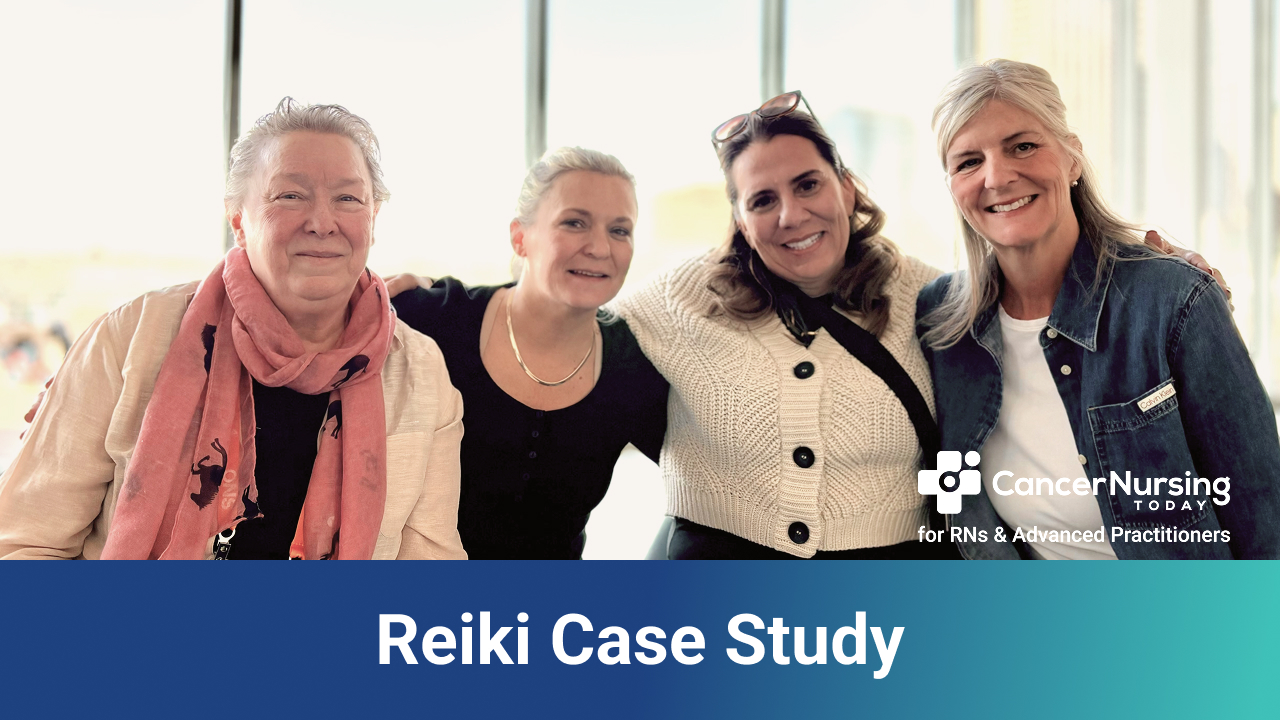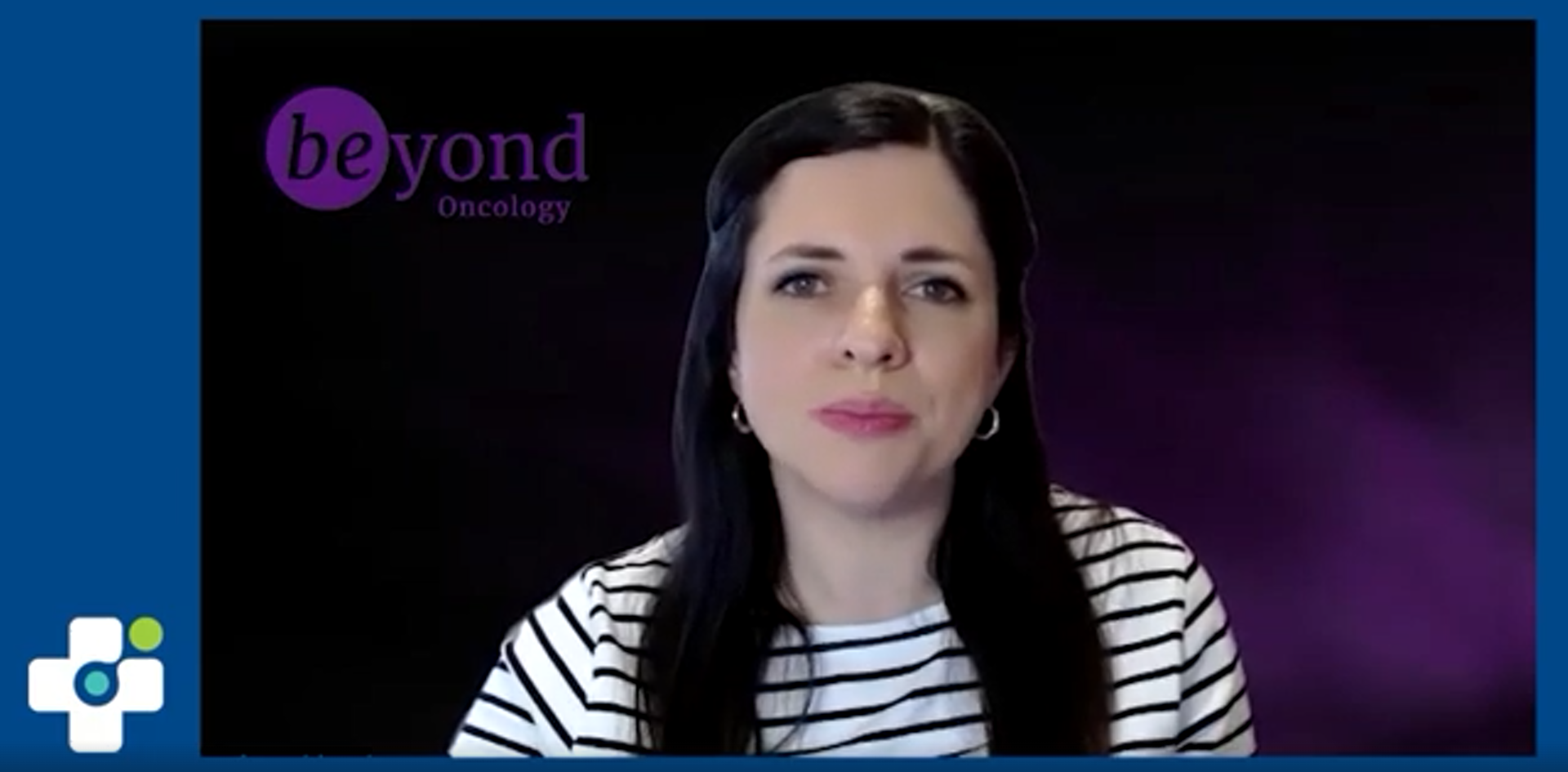A nursing team from Tufts Medical Center discusses their case presentation on the use of Reiki in a patient with cGVHD.
GVHD
Explore the most recent clinical developments in graft-versus-host disease (GVHD). Cancer Nursing Today provides up-to-date coverage of biomarkers for GVHD, chronic GVHD flares during immunosuppressive therapy, and more. From disease prevention in pediatric patients to drug evaluation for chronic GVHD, learn more about the evolution of GVHD care and research.
Advertisement
Learn what oncology nurses should know about how it works, the FDA-approved products, legal considerations, and more.
Oncology nurses must be prepared to use non-stigmatizing, culturally sensitive communication about cannabis to manage GVHD.
The analysis shows that certain social factors may affect GVHD risk and severity.
Oncology nurses need to monitor these 2 distinct but interconnected complications after allogeneic stem cell transplantation.
Learn how machine learning models may be able to assist interdisciplinary teams with tailoring GVHD management.
The study revealed domains not represented in existing GVHD- or dermatologic-specific patient-reported outcome measures.
The condition is an "underdiagnosed gynecologic comorbidity" that often co-occurs with multiorgan chronic GVHD.
Previous research showed a potential connection between obesity and moderate to severe GVHD post-allogeneic SCT.
Oncology nurses need to be equipped to dispel common myths about smoking.
Learn how oncology nurses can offer education and smoking cessation resources to help patients reduce their risk.
Trending
Studying for certification tests can be intimidating. Here are some essential tips to help you do your best.
These tips are important resources for oncology nurses who are recent graduates and experienced nurses new to this specialty.
With the shift in cancer care to the ambulatory care setting, a dedicated oncology nurse educator is a key asset to nurses.
Gastroparesis occurs in 60% of patients with advanced pancreatic cancer, and is frequently overlooked in upper GI tumors.
More unique, non-traditional jobs are emerging for oncology nurses to consider outside traditional positions.
Alkaline phosphatase may serve as a discriminating marker in detecting bone lesions in patients with multiple myeloma.





















 © 2025 Mashup Media, LLC, a Formedics Property. All Rights Reserved.
© 2025 Mashup Media, LLC, a Formedics Property. All Rights Reserved.